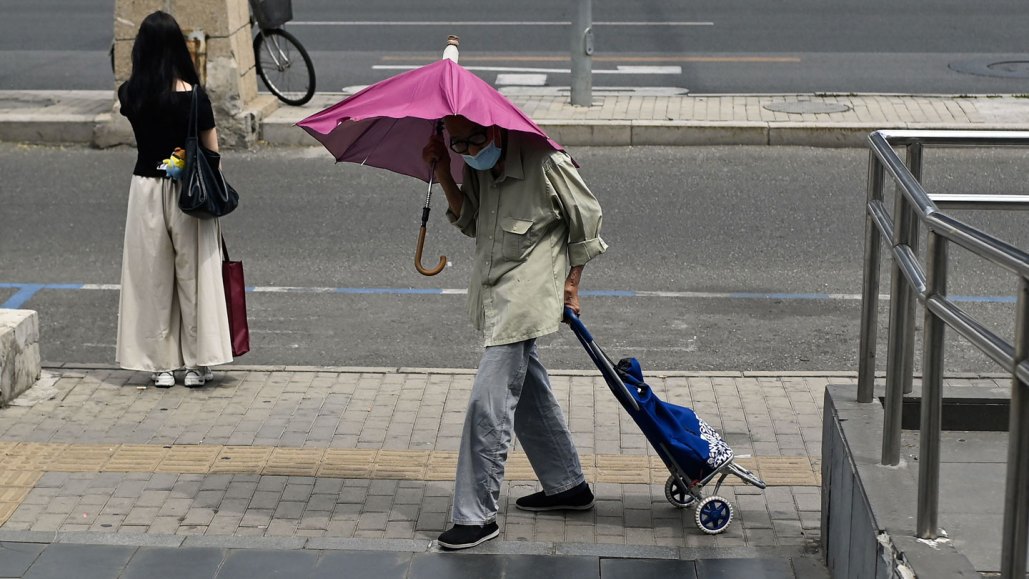In the Future, Millions More Older Adults Will be at Risk Due to Extreme Heat

By 2050, approximately 25% of the worldwide population of elderly adults might be at risk due to extreme temperatures, potentially endangering their health.
Projections indicate that as many as an additional 246 million elder adults of 69 years and above could face climatic extremes surpassing 37.5° Celsius, as reported in Nature Communications on May 14. The new prediction implies that above 23% of global elder adults - largely residing in Asia and Africa - would experience this extreme heat as opposed to the current 14%.
"Our older population’s protection will become increasingly crucial in the upcoming years", states cardiologist-epidemiologist Andrew Chang from Stanford University and the University of California, San Fransisco. He wasn’t part of the research team but shares that "Older adults can be exquisitely vulnerable to the impacts of heat.”
As exposure to high temperatures demands a lot from the body and it can only endure a certain limit, heat extremes pose a particular risk for elder adults. Older bodies naturally have a less efficient cooling process. This age group often suffers from chronic ailments like diabetes and cardiovascular disease, exacerbated by heat exposure. Moreover, elder people are often socially isolated, and may face limited mobility or cognitive issues.
"This mix of aging biology, social isolation and cognition problems makes heat unbearably worse for older people,” adds Deborah Carr, an aging sociologist at Boston University.
Carr and her peer researchers projected the elderly of 69 years and over in 2050's global population and determined the impact of climate change on the regions housing them. They evaluated both chronic as acute heat exposure, such as heat waves. The study discovered that chronic exposure would increase across the globe by 2050.
Speaking on extreme heat, an increase in the number of annul days surpassing 37.5° C is anticipated, averaging from 10 to nearly 20 days. Depending on the region, the highest temperature during an extreme heat incident is also likely to be more. "Climate change will result in both frequency and intensity increase," says Giacomo Falchetta, a climate change researcher at Euro-Mediterranean Center On Climate Change, Italy.
In order to comprehend which of the two factors, increased heat or population aging, was directing the projected results based on the region, the team analyzed both factors' contribution. Regions in the Global South, known for their higher temperatures, are also seeing more of their population age. In comparison, regions in the Global North, referred to as "colder and older" by Carr, are "experiencing more heat extremes."
Reducing growing heat exposure risks to elderly people will require a more comprehensive approach, as per Falchetta. Measures could include strengthening healthcare infrastructure, ensuring sufficient hydration and nutrition, implementing heat early warning systems, establishing public cooling centers and increasing green spaces along with tree cover to mitigate urban heat island effects.
The study’s projections may still have some uncertainties related to climate, depending on greenhouse gas emission reductions, says Falchetta. Highlighting the demographic changes, he says, "these people have already been born - they are people like me. Countries should "start planning now on how to accommodate the needs of these people in the future."




